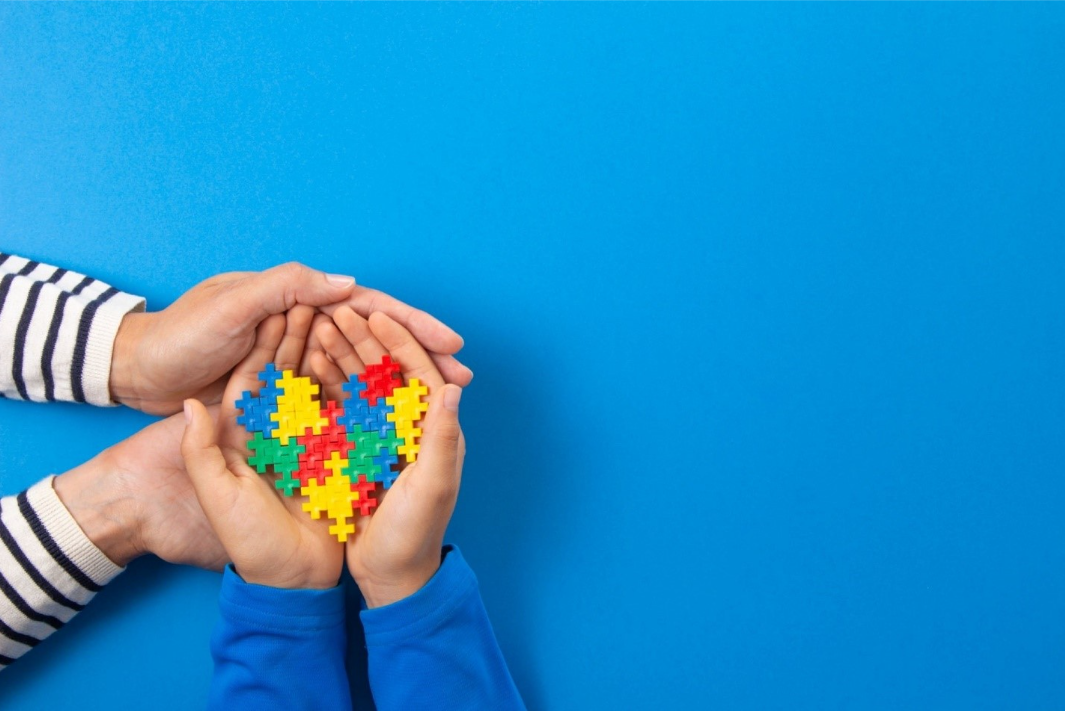As we celebrate World Autism Awareness Day on April 2, we can’t but grab the opportunity to be more aware of this neurological and developmental disorder that has been affecting 1 in 100 children worldwide. So, what is Autism Spectrum Disorder (ASD) and how do you know that your child is autistic?
Autism: a disorder or mental illness?
Until today, many people still fall into a dilemma over autism. Is it a disorder or a mental illness? Is it genetic or environmental? First, let us agree that autism which is also known as autism spectrum disorder is a neurodevelopmental disorder that can mainly be diagnosed in toddlers at 2 years and affects behavior, communication, and social skills. Autism doesn’t only fall under one umbrella. There are different types of autism in which the level and intensity of the symptoms vary between autistic people.
In fact, there is no one cause of autism. It can originate from developmental, environmental, and genetic factors. In other words, an autistic family member, older parents, birth complications, and other genetic disorders are possible causes of autism.
How do you know that your child is autistic?
Even though autism is innate, parents might find it difficult to spot signs of autism in toddlers before 2 years. They might even have a hard time differentiating between autism, intellectual development disorder, and social communication disorder. However, the signs of autism in toddlers include:
- Avoiding eye contact
- Reiterating the same words and phrases
- Barely using gestures by 12 months
- Absence of role-playing by the age of 4 years
- Sticking to a daily routine and throwing a tantrum if it changes
- Neutral facial expressions by 9 months (doesn’t smile back, or express anger, sadness, or surprise)
- Not interacting with other children by the age of 3 years
- Not answering when called by their name at 9 months
- Repeating the same movements including hand flapping, body rocking, head-banging, and lining up objects
- Not dancing or singing by the age of 5 years
- Obsessing and focusing on parts of an object
As we have mentioned, the intensity of these symptoms may differ from one toddler to another. However, in more severe cases, the absence of language and movement skills, hyperactivity, impulsive behavior, unusual sleeping habits, epilepsy, anxiety, and stress can also be signs of an autistic disorder.
Can Autism Spectrum Disorder be treated?
Since there are different types of autism with various levels and severity, there is no one-size-fits-all treatment. Nevertheless, each child will have a personalized treatment plan based on his needs and condition. The treatment plan includes applied behavior analysis therapy which teaches the child communication skills; occupational therapy which entails teaching the child daily life activities; and speech and physical therapy which is necessary for autistic children with speech and physical difficulties.
On the other hand, some medications might be required for autistic children with problems linked to autism such as sleeping problems, hyperactivity, depression, gastrointestinal problem, and epilepsy.
The journey through Autism Spectrum Disorder can be challenging for both the parents and toddlers, but an early diagnosis can be a life savior! So dear parents, always follow your gut and consult an expert whenever you sense something alarming in your little one.


